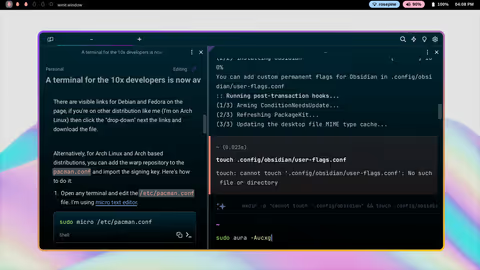Linux, the open-source operating system, offers a powerful command-line interface that allows users to perform a wide range of tasks efficiently. In this article, we’ll explore five essential Linux commands: find, grep, awk, ip, and sudo, along with practical examples for each.
1. find
The find command is a versatile tool for searching files and directories in the Linux filesystem. Here’s an example:
find /home/user/documents -name "*.txt"
This command searches the /home/user/documents directory and its subdirectories for files with a .txt extension.
2. grep
grep is a text search tool that allows you to search for specific patterns or words in files. For instance:
grep "keyword" file.txt
This command searches for the word “keyword” in the file.txt and displays the lines containing the match.
3. awk
awk is a versatile text processing tool. You can use it to extract and manipulate data in files. Here’s a simple example:
awk '{print $1}' data.txt
This command extracts the first column of data from data.txt and prints it to the console.
4. ip
The ip command is used to manage network interfaces and routing. To display network interface information:
ip addr show
This command shows details of all network interfaces on your system, including their IP addresses and status.
5. sudo
sudo allows users to execute commands with superuser privileges. For example:
sudo apt-get update
This command updates the package list on a Debian-based system. sudo is essential for performing administrative tasks safely.
Conclusion
These essential Linux commands, find, grep, awk, ip, and sudo, form the foundation of efficient command-line usage. Whether you’re searching for files, manipulating text, managing network interfaces, or performing administrative tasks, mastering these commands will empower you to navigate and control your Linux system with ease.



